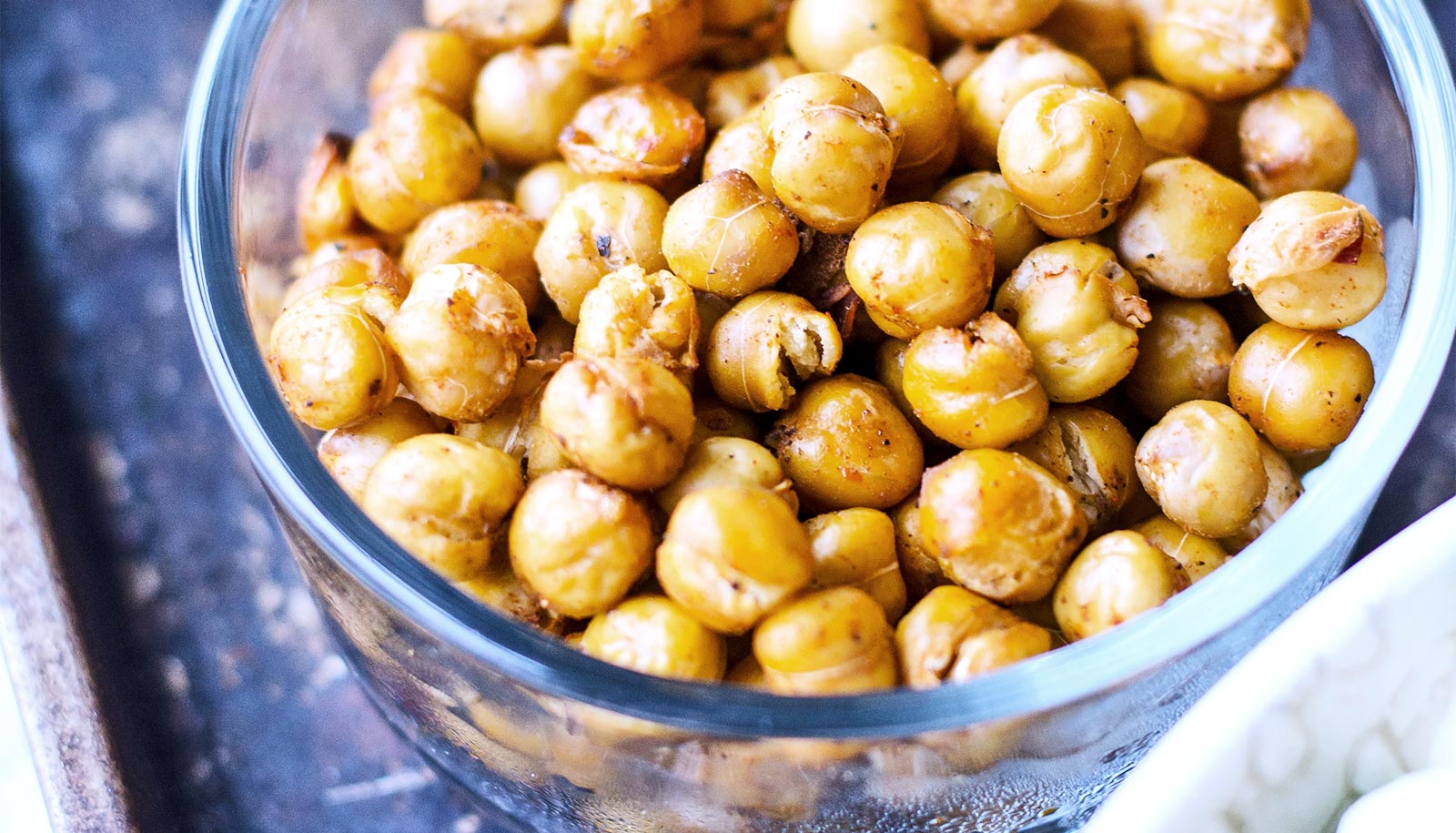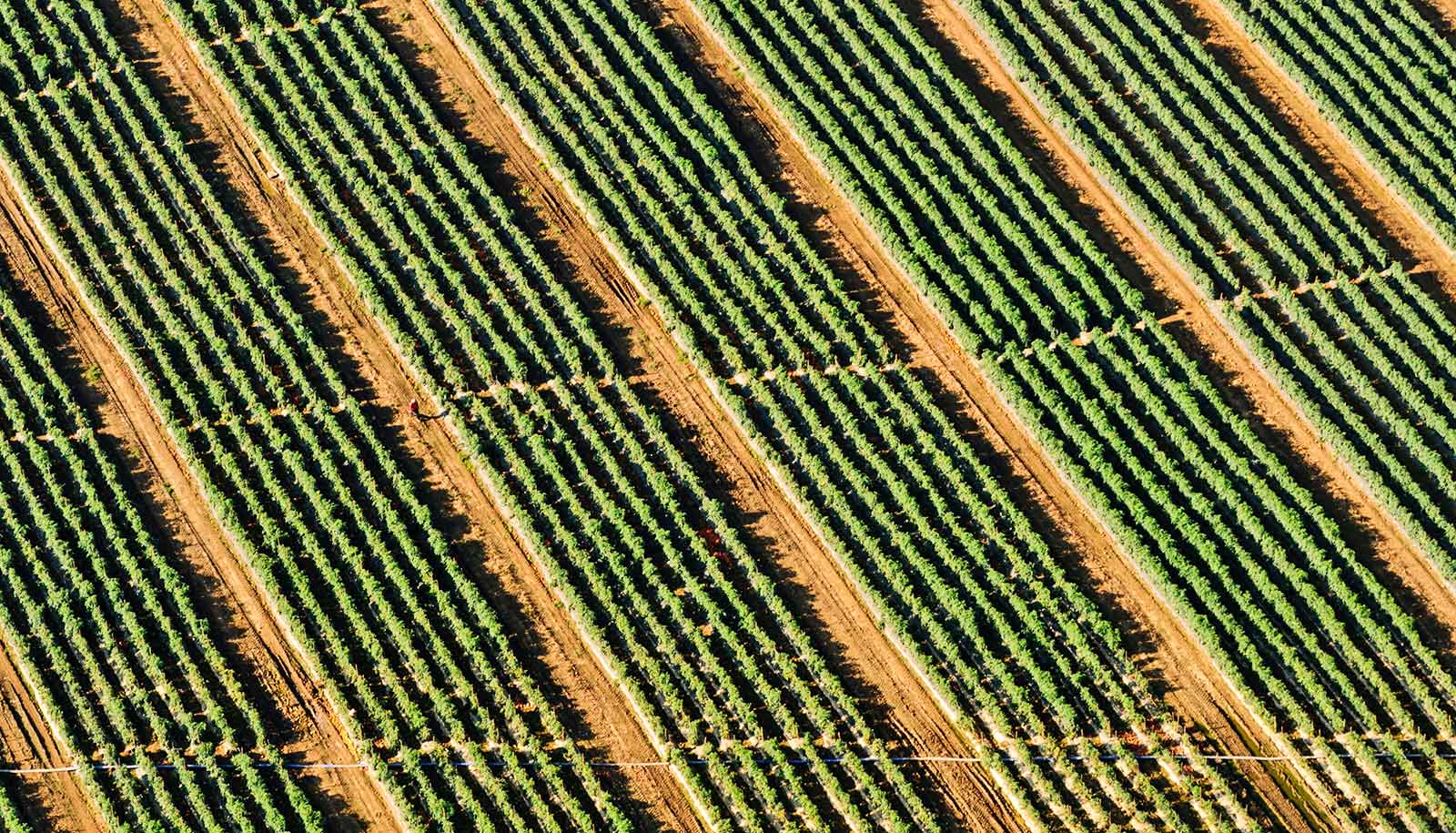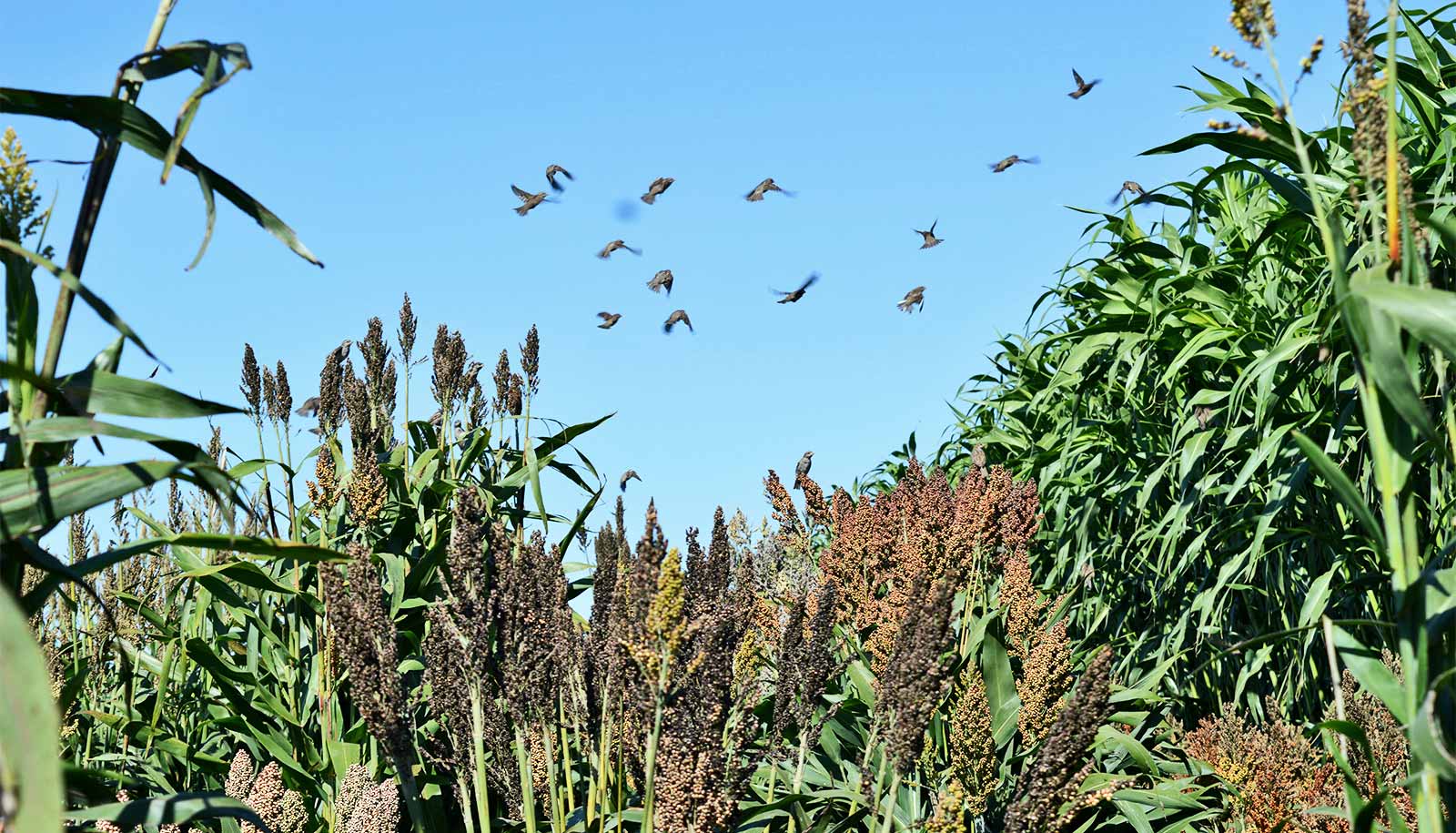Using artificial intelligence, researchers have developed a genetic model for the “ultimate” chickpea, with the potential to lift crop yields by up to 12%.
Researchers genetically mapped thousands of chickpea varieties, and then used this information to identify the most valuable gene combinations using artificial intelligence (AI).
Researchers wanted to to develop a “haplotype” genomic prediction crop breeding strategy, for enhanced performance for seed weight.
“Most crop species only have a few varieties sequenced, so it was a massive undertaking by the international team to analyze more than 3,000 cultivated and wild varieties,” says Ben Hayes, professor at the University of Queensland.
The study confirms chickpea’s origin in the Fertile Crescent and provides a complete picture of genetic variation within chickpea.
“We identified 1,582 novel genes and established the pan-genome of chickpea, which will serve as a foundation for breeding superior chickpea varieties with enhanced yield, higher resistance to drought, heat, and diseases,” says Rajeev Varshney from the International Crops Research Institute for the Semi-Arid Tropics in Hyderabad, India. Varshney is lead author of the paper in Nature.
Researchers used the data to model a chickpea with perfect genetics for seed weight, a trait linked to yield, Hayes says. “This additional data led to the increase in yield predicted by our model, which is still being fine-tuned.”
“We are using our AI ‘FastStack’ technology platform to design a chickpea with the ultimate genetics for maximum seed weight, and we think this will ultimately be a valuable tool for chickpea breeders.”
FastStack combines AI with genomic prediction technology to identify the combinations of genes most likely to improve crop performance.
Chickpea is the largest pulse crop in Australia after lupin, both in terms of planting area and production. It ranks second in area and third in production among the pulses worldwide.
The global demand for protein-rich pulses was increasing, says Lee Hickey, associate professor, plant breeder, and crop geneticist at the University of Queensland.
“Improving the productivity of chickpea for Australia offers opportunities for our farmers to supply local food industries and export markets,” he says.
“Using this AI-generated chickpea model for increased seed weight in the field will be challenging, given the number of generations it will take in cross-breeding for optimal chickpea genetics, and the impact of different environments and management practices on crop growth.
“But we do have tools like speed breeding that can speed this process up and allows us to test and put into practice these theoretical scenarios.”
New genomic breeding approaches, including the haplotype model, are expected to redefine chickpea breeding strategies for developing high-yielding and nutritious chickpea varieties, Hayes says.
Chickpea is an important rotation crop in farming systems, as it is self-fertilizing for nitrogen, reducing the need for nitrogen fertilizer.
Source: University of Queensland


